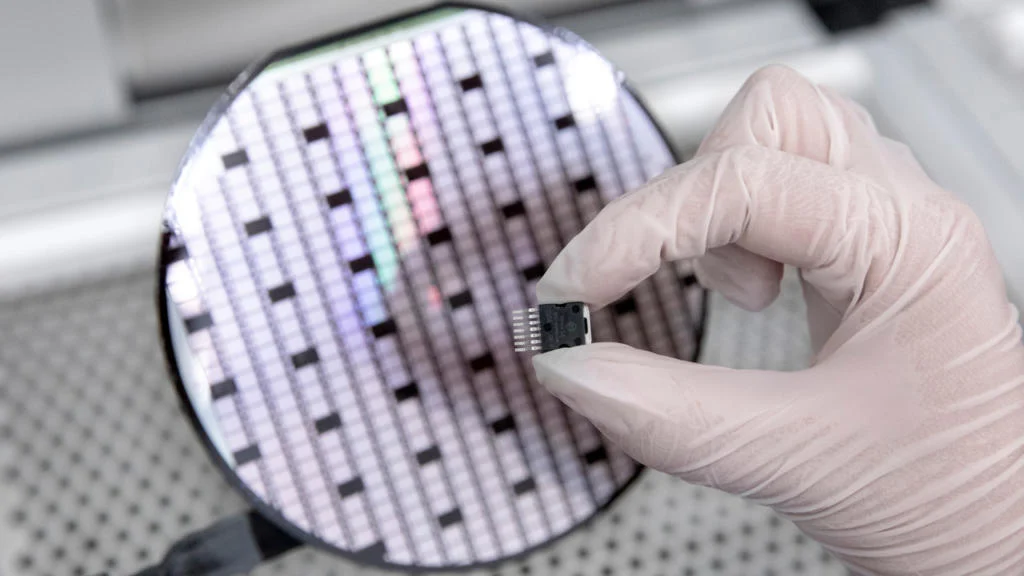Semiconductor Shortage According to P3 Group “Homemade”
Anyone who currently decides in favor of a purely electric car, depending on the manufacturer, has to bring a lot of patience. The main reason is that the supply chain for semiconductors is still not running smoothly again. Since the outbreak of the Covid pandemic, production facilities in Asia have been idle for months - and that's where the majority of semiconductors come from. The P3 Group locates too high a dependency on Asian suppliers - similar to the batteries - so the problem would be home-made.
A battery electric vehicle contains twice as many semiconductors as a car with a combustion engine, up to 1,300 in total per car. Most of these can be found in the powertrain and the inverter. Markus Hackmann, Managing Director of the consulting company P3 Group, explains that an analysis four years ago recognized that the semiconductors would become the new battery cells. Manufacturers who then prepared themselves for a bottleneck would come through the current challenge much better today. However, the dependency on Asian suppliers is the biggest problem. Another week-long corona lockdown has just ended in Shanghai, China, and the traffic jam in the world's largest port after the Suez Canal was blocked by a container ship standing across has not eased either.
The P3 Group calculates that only eight percent of semiconductor products end up in cars. 80 percent, on the other hand, are used in consumer electronics. The priorities of the manufacturers are clearly elsewhere. However, electrification and driving automation will increase this share. At the same time, P3 is working on greater transparency about the supply chains. Many players in the automotive industry would not know who is the producer and who is the middleman. This transparency provides potential for improvements and more precise delivery forecasts. It can currently take up to 72 weeks for an order to arrive.
Intel has already announced that it wants to build a large plant in Magdeburg and invest 17 billion euros. Bosch from Dresden could also contribute to easing the semiconductor crisis from 2023. Because the importance of semiconductors will continue to increase, the focus must be on regionalization, which will probably take years. The buyers, on the other hand, can only wait and see for the time being.
